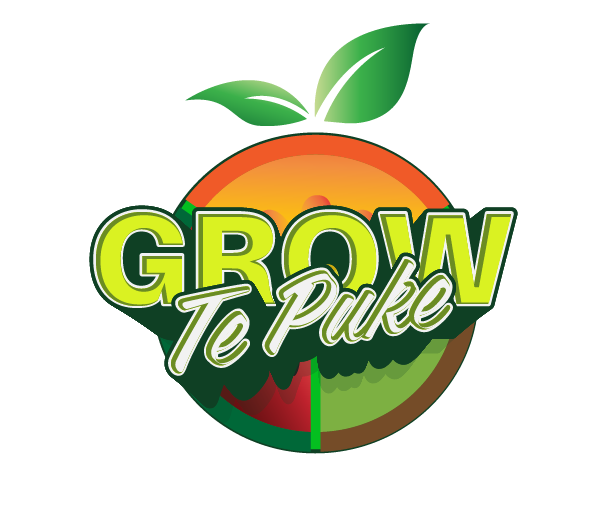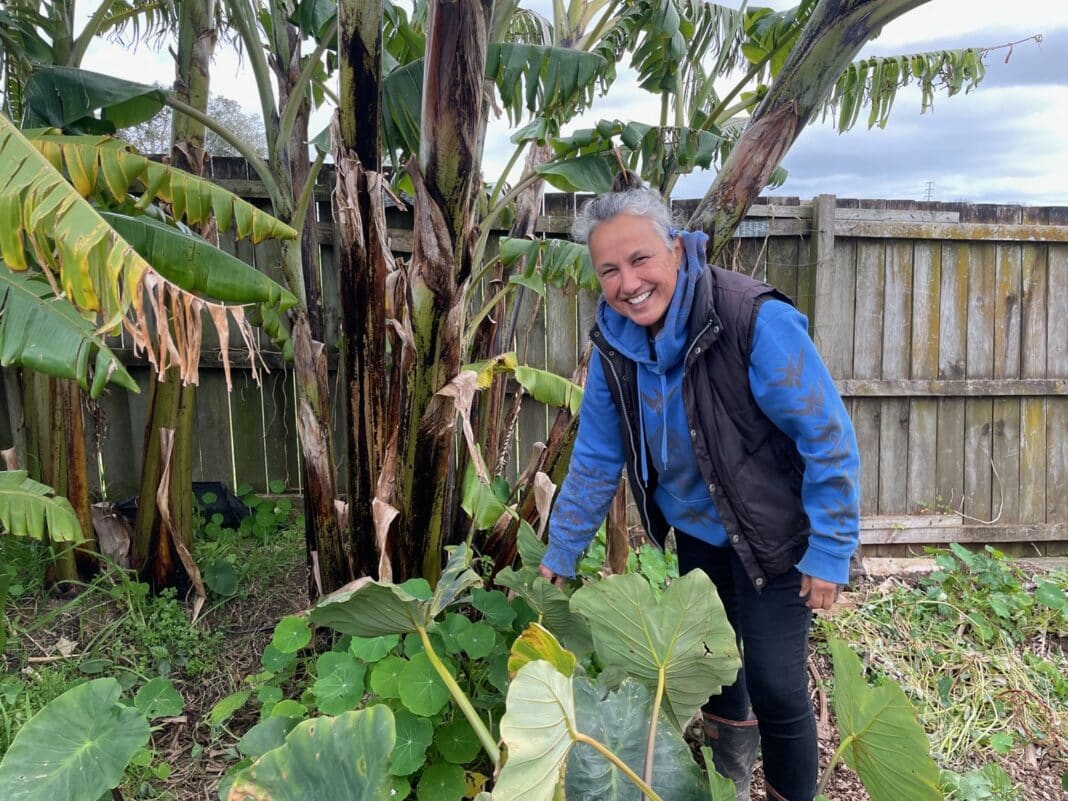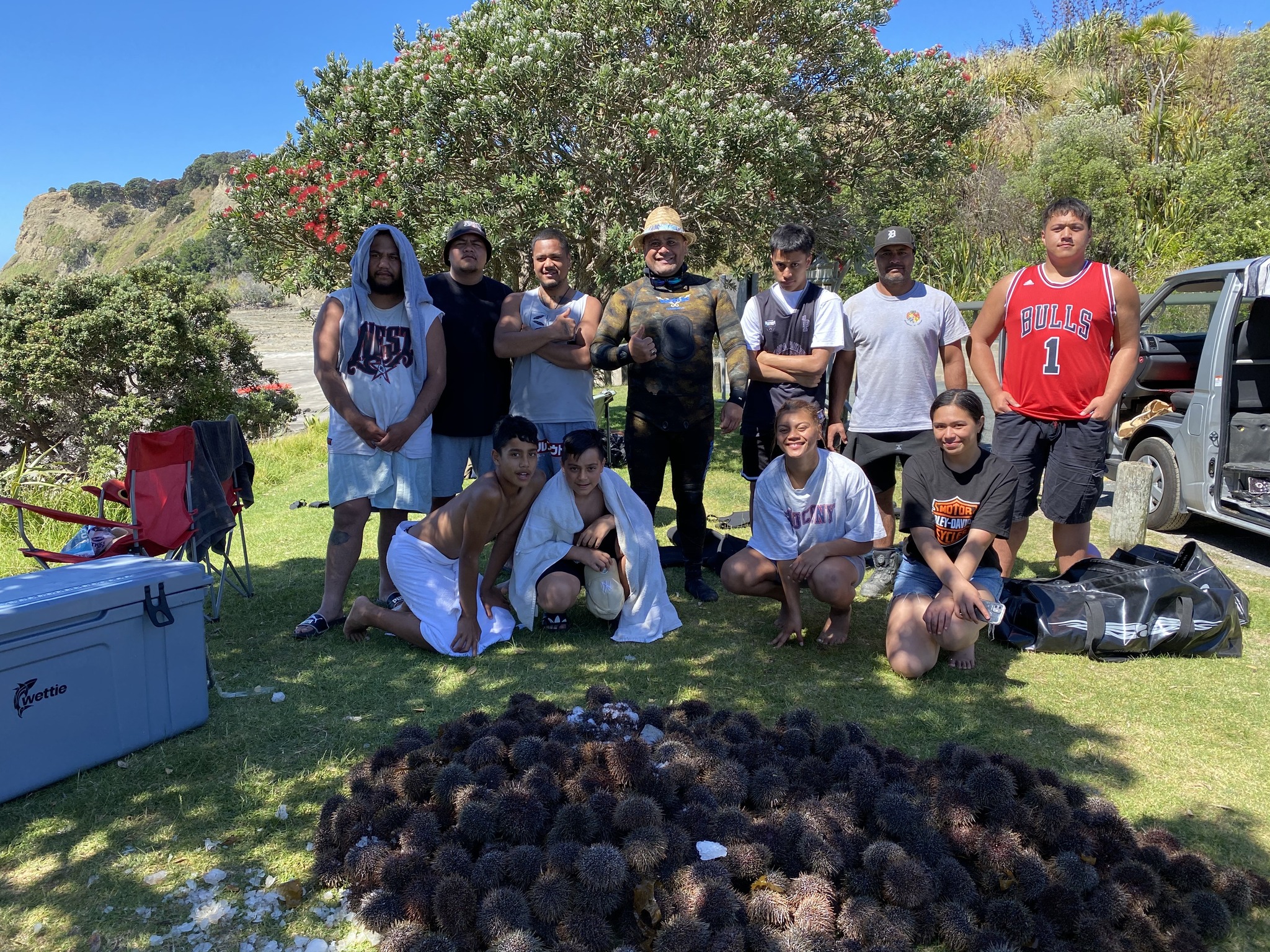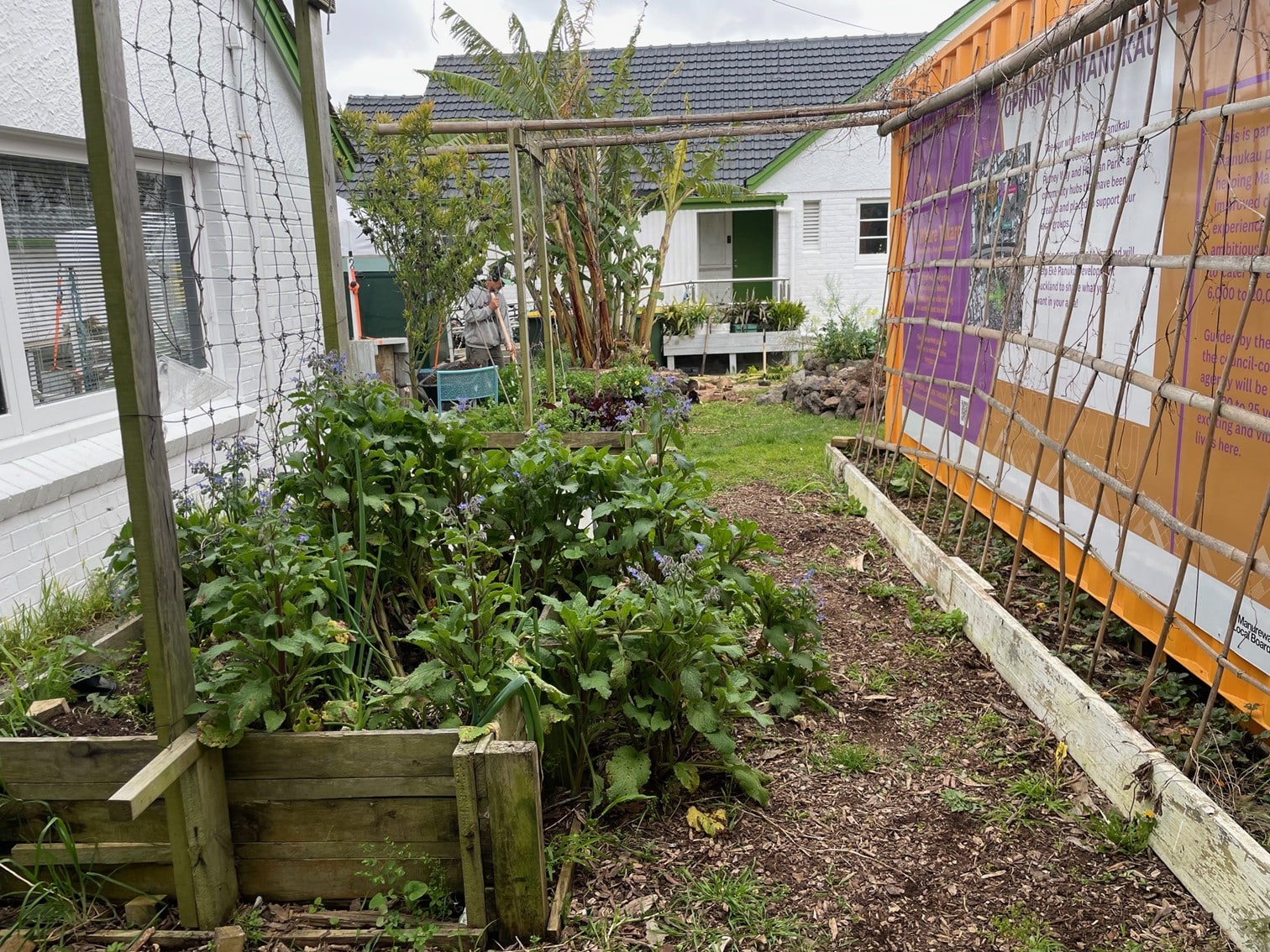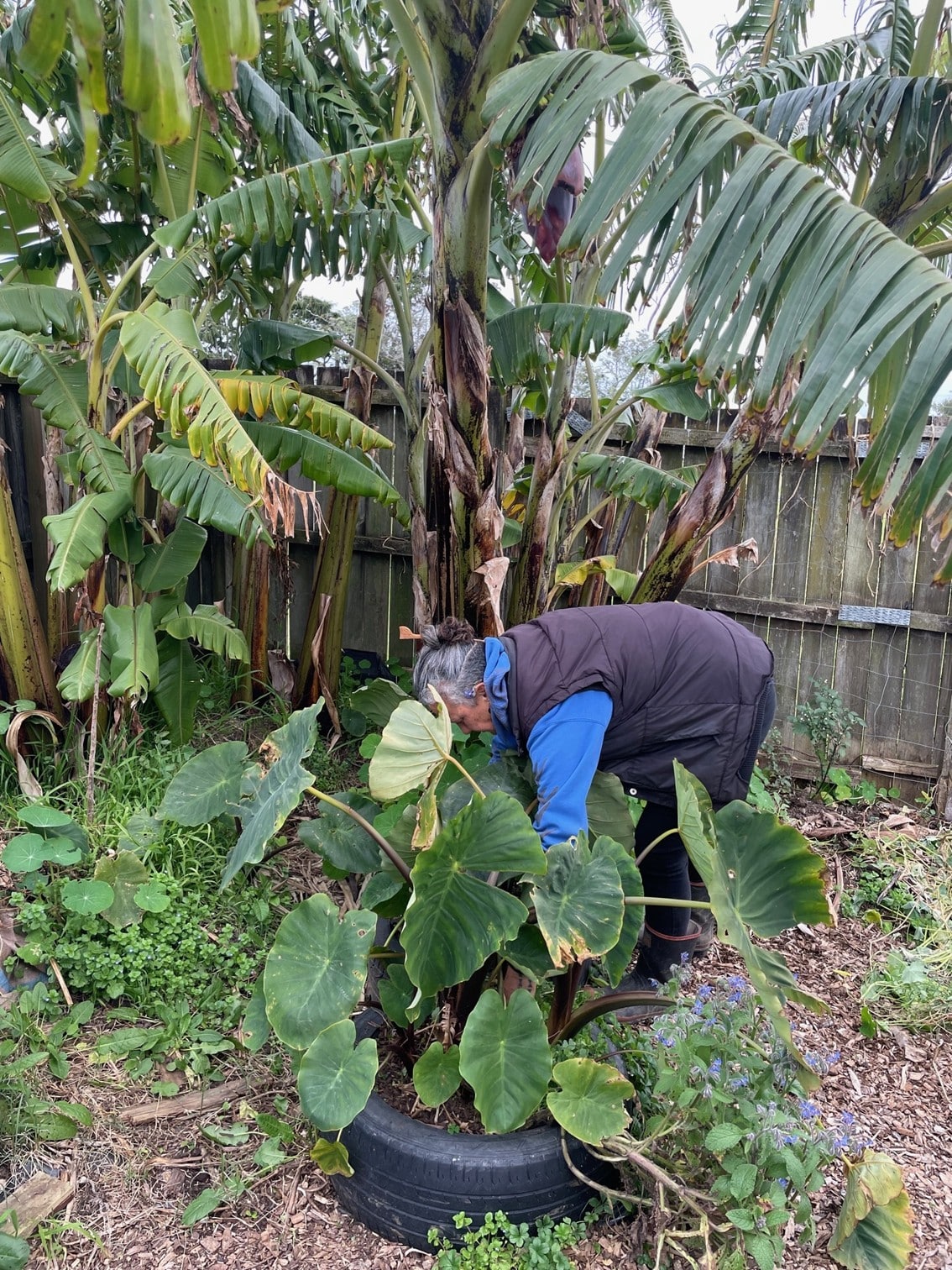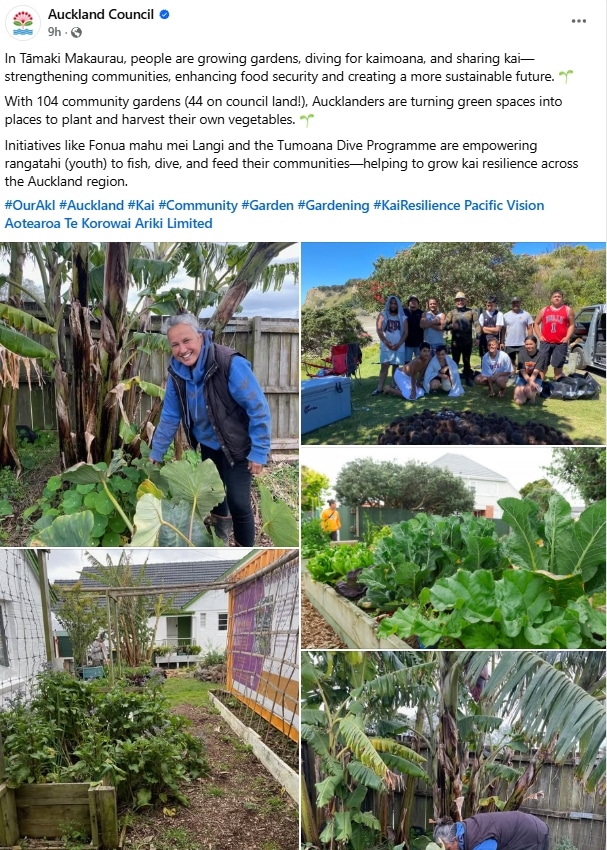We’ve all seen the headlines, the social media posts, the fleeting glimpses of what’s happening in our cities. A recent post from Tāmaki Makaurau (Auckland) caught my eye, and it presents a fantastic, almost utopian vision. It speaks of people growing gardens, diving for kaimoana (seafood), and sharing food—a powerful trifecta that strengthens communities, enhances food security, and builds a more sustainable future. With 104 community gardens, rangatahi (youth) empowered to fish and dive, and initiatives like Fonua mahu mei Langi and the Tumoana Dive Programme, Auckland seems to be building a real-world model of kai resilience.
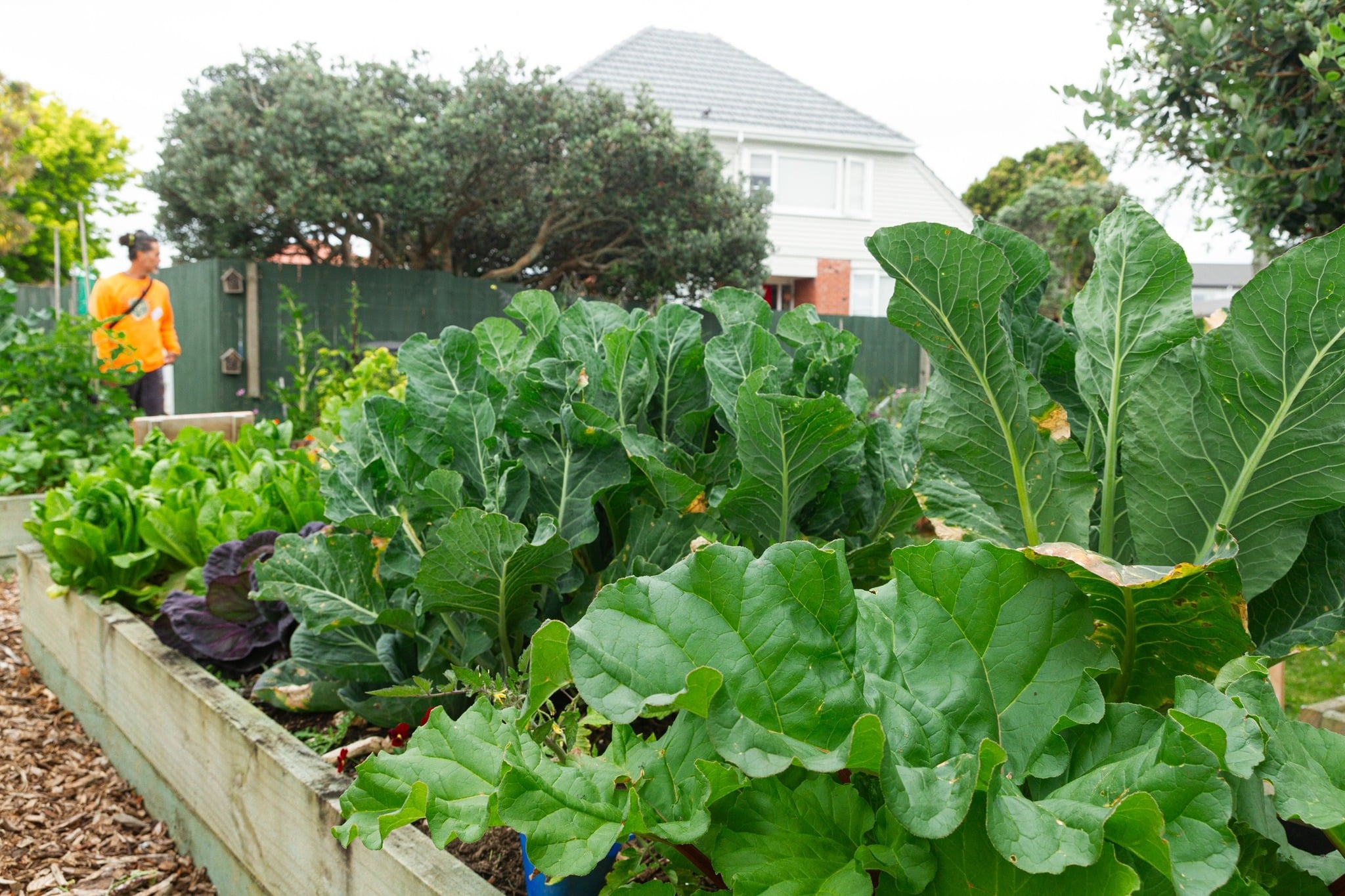
This is fantastic news, especially when you consider the backdrop. The Auckland City Mission recently shared troubling statistics: one in four children in Auckland are food insecure, and for Māori and Pasifika children, the numbers are even more dire—one in three and one in two, respectively. While emergency food parcels are a vital short-term fix, agencies recognize they are not a long-term solution. The focus is shifting to a more sustainable model where communities are empowered to grow and share kai. This is the heart of the kai resilience movement, and it’s a strategy born out of compassion and a shared drive for greater food equity.
This is inspiring. But for those of us in Te Puke, and for our local council, the Western Bay of Plenty District Council (WBOPDC), it begs a crucial question: What can we take from this? What can Te Puke envision for itself, and are we truly ready to do more than just talk about it?
The Fantastic News and the Stark Contrast
The Auckland narrative is a breath of fresh air. It’s a story of action, of tangible results. It’s not just about a plan on paper; it’s about hands in the dirt, faces in the water, and shared meals on a table. It’s a grassroots movement supported by Auckland Council’s Climate Plan, Te Tāruke-ā-Tāwhiri, which explicitly emphasizes the importance of a resilient, low-carbon food system. The council’s Community Innovation Team, while quick to credit the community, plays a key role in facilitating these initiatives. They’ve even established a process to approve community growing spaces on council land, with 44 gardens already thriving in parks and reserves. This model of food resilience isn’t just about feeding people; it’s about teaching skills, building connections, and fostering a deep respect for the land and sea.
Now, let’s contrast this with our own reality. For too long, the conversation around local development can feel like a cycle of “planning” and “funding.” We hear about proposals and committees, consultations and reports. We get excited about the potential for change, only to wonder if the money secured is for a genuine, community-led transformation, or if it’s simply lining the back pockets of those in charge. This isn’t a cynical accusation, but a genuine concern born from watching so many promising ideas fizzle out.
What Can the WBOPDC Take From This?
The WBOPDC has a unique opportunity to learn from Auckland’s success. It’s not about replicating their exact model, but understanding the core principles.
- Prioritize Community-Led Initiatives with Council Support: Auckland’s success is rooted in community action. The council is a facilitator, not a dictator. WBOPDC needs to empower local groups and individuals in Te Puke who are already passionate about growing food, sharing knowledge, and building community. This means providing land, resources, and administrative support without heavy-handed bureaucracy.
- Invest in People, Not Just Projects: The Tumoana Dive Programme is a perfect example of investing in people. It’s about building skills and confidence in rangatahi, not just funding a new building or a piece of equipment. The return on this investment is immeasurable—it’s a more skilled, resilient, and connected youth population. WBOPDC should look for similar opportunities to empower Te Puke’s young people and community members.
- Think Beyond the Dollar: The goal shouldn’t be to secure the maximum amount of funding. The goal should be to create the maximum amount of positive change. A project that costs less but has a huge community impact is infinitely more valuable than a big-ticket item that only benefits a few. The council should focus on low-cost, high-impact initiatives like providing access to underutilized land for gardens or creating a community tool-share program.
What Could Te Puke Envision?
Imagine a different Te Puke.
- A Network of Community Gardens: Not just a single, isolated garden, but a network of them scattered throughout our suburbs and neighborhoods, on council land and private land where owners are willing to share. These could be spaces where seasoned gardeners mentor newcomers, where local schools have their own plots, and where excess produce is shared with those in need. These spaces would deliver the same multiple benefits seen in Auckland, including access to fresh food, waste minimization, fostering a sense of belonging, and promoting health.
- Embracing Our Natural Resources: Te Puke is surrounded by natural beauty. Why not explore initiatives that connect people with our local waterways and coastline? This isn’t just about a new boat ramp, but about empowering local iwi and community groups to lead programs that teach traditional fishing and gathering techniques, fostering a deeper connection to our environment and a more sustainable approach to food.
- Food Hubs, Not Just Food Banks: Imagine a “Kai Hub” where local produce is sold, workshops are held on preserving and cooking, and a community kitchen is available for people to prepare and share meals. This shifts the focus from a charitable model to one of empowerment and collaboration, as seen in Auckland with the “Grow to Share” program, which empowers local communities to install garden boxes and share what they grow.
Making a Real Difference
The core question remains: Are we making a plan, or are we actually making a difference? The fantastic news from Auckland proves that true change isn’t about bureaucracy and big budgets. It’s about empowering people, fostering community, and getting our hands dirty—literally.
The WBOPDC and the people of Te Puke have a choice. We can continue with the same old cycle of talk and little action, or we can look to our northern neighbors and see a path forward. A path where we move beyond just “talking about it,” and start “doing it.” Let’s stop the cycle of just “getting funding” and start a new one of “making a real difference.” Let’s envision a Te Puke that is not just a place to live, but a place to grow, to share, and to thrive. A Te Puke where we build kai resilience, one garden, one shared meal, and one empowered rangatahi at a time.
